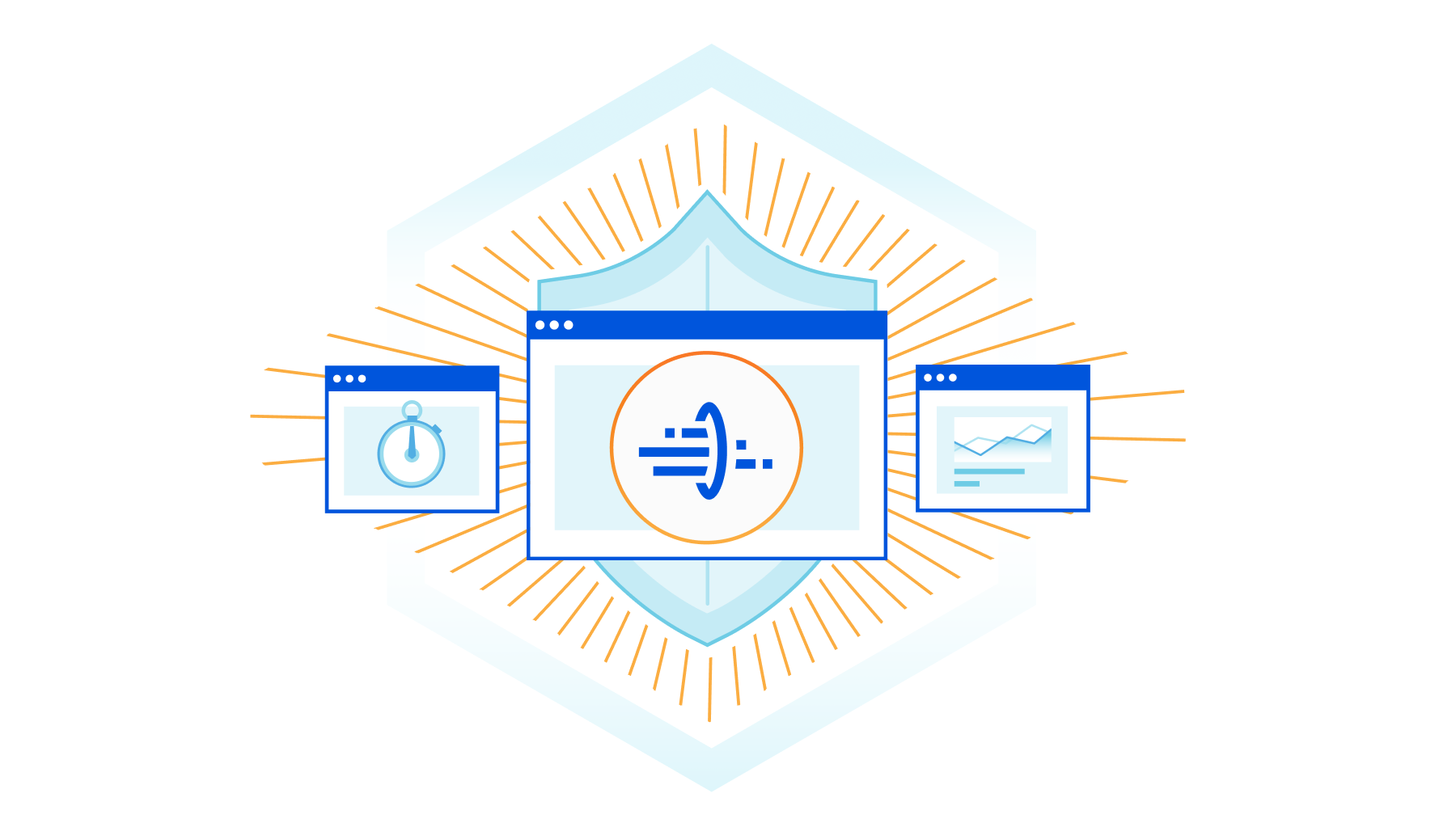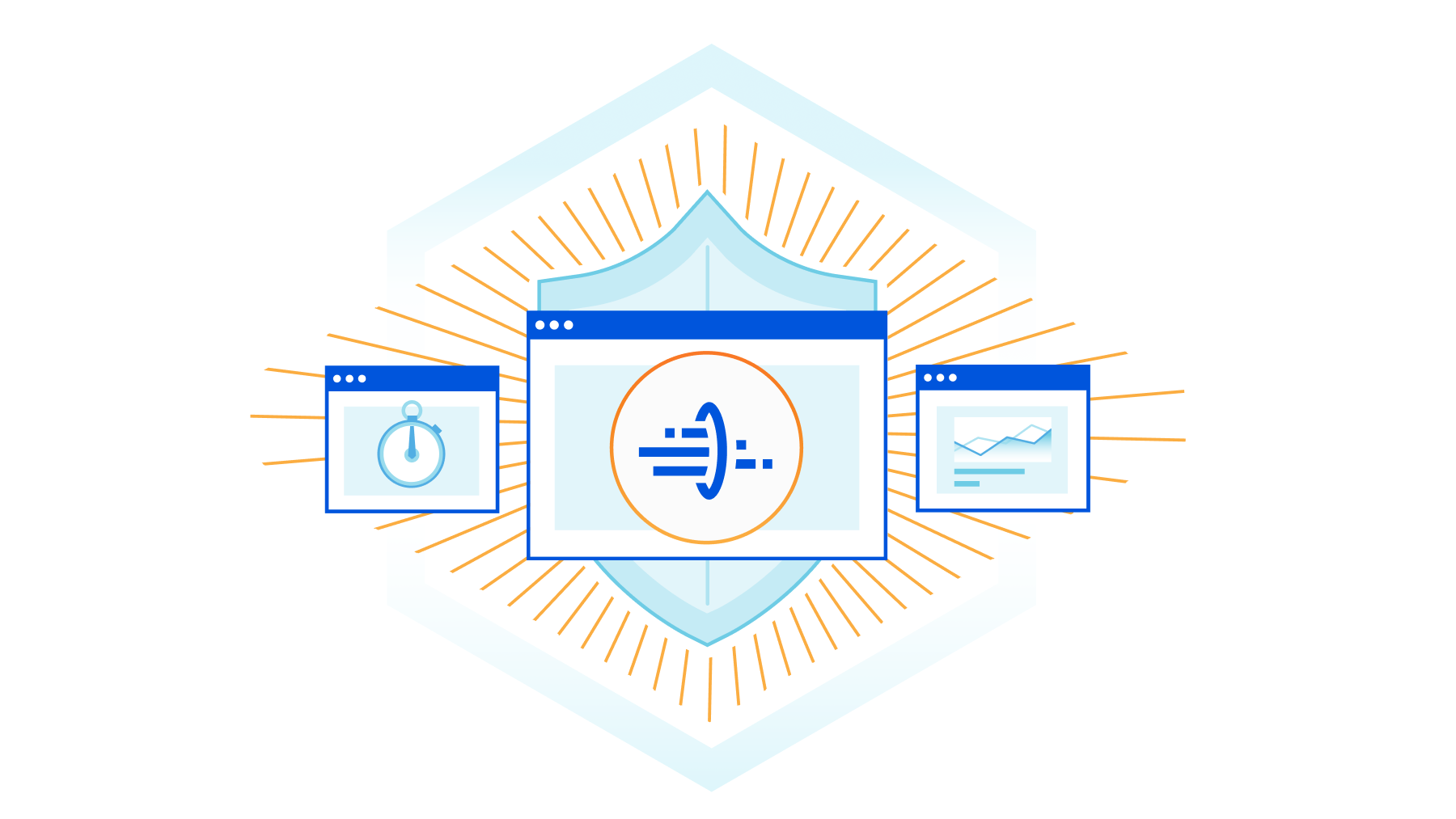Author Archives: Jin-Hee Lee
Author Archives: Jin-Hee Lee
Today, we are announcing a new approach to catching bots: using models to provide behavioral anomaly detection unique to each bot management customer and stop sophisticated bot attacks.
With this per-customer approach, we’re giving every bot management customer hyper-personalized security capabilities to stop even the sneakiest bots. We’re doing this by not only making a first-request judgement call, but also by tracking behavior of bots who play the long-game and continuously execute unwanted behavior on our customers’ websites. We want to share how this service works, and where we’re focused. Our new platform has the power to fuel hundreds of thousands of unique detection suites, and we’ve heard our first target loud and clear from site owners: protect websites from the explosion of sophisticated, AI-driven web scraping.
The battle against malicious bots used to be a simpler affair. Attackers used scripts that were fairly easy to identify through static, predictable signals: a request with a missing User-Agent header, a malformed method name, or traffic from a non-standard port was a clear indicator of malicious intent. However, the Internet is always evolving. As websites became more dynamic to create rich user Continue reading
On the surface, the goal of handling bot traffic is clear: keep malicious bots away, while letting through the helpful ones. Some bots are evidently malicious — such as mass price scrapers or those testing stolen credit cards. Others are helpful, like the bots that index your website. Cloudflare has segmented this second category of helpful bot traffic through our verified bots program, vetting and validating bots that are transparent about who they are and what they do.
Today, the rise of agents has transformed how we interact with the Internet, often blurring the distinctions between benign and malicious bot actors. Bots are no longer directed only by the bot owners, but also by individual end users to act on their behalf. These bots directed by end users are often working in ways that website owners want to allow, such as planning a trip, ordering food, or making a purchase.
Our customers have asked us for easier, more granular ways to ensure specific bots, crawlers, and agents can reach their websites, while continuing to block bad actors. That’s why we’re excited to introduce signed agents, an extension of our verified bots program that gives a new bot Continue reading
On July 19, 2025, Microsoft disclosed CVE-2025-53770, a critical zero-day Remote Code Execution (RCE) vulnerability. Assigned a CVSS 3.1 base score of 9.8 (Critical), the vulnerability affects SharePoint Server 2016, 2019, and the Subscription Edition, along with unsupported 2010 and 2013 versions. Cloudflare’s WAF Managed Rules now includes 2 emergency releases that mitigate these vulnerabilities for WAF customers.
The vulnerability's root cause is improper deserialization of untrusted data, which allows a remote, unauthenticated attacker to execute arbitrary code over the network without any user interaction. Moreover, what makes CVE-2025-53770 uniquely threatening is its methodology – the exploit chain, labeled "ToolShell." ToolShell is engineered to play the long-game: attackers are not only gaining temporary access, but also taking the server's cryptographic machine keys, specifically the ValidationKey and DecryptionKey. Possessing these keys allows threat actors to independently forge authentication tokens and __VIEWSTATE payloads, granting them persistent access that can survive standard mitigation strategies such as a server reboot or removing web shells.
In response to the active nature of these attacks, the U.S. Cybersecurity and Infrastructure Security Agency (CISA) added CVE-2025-53770 to its Known Exploited Vulnerabilities (KEV) catalog with an emergency remediation deadline. Continue reading
Cloudflare is giving all website owners two new tools to easily control whether AI bots are allowed to access their content for model training. First, customers can let Cloudflare create and manage a robots.txt file, creating the appropriate entries to let crawlers know not to access their site for AI training. Second, all customers can choose a new option to block AI bots only on portions of their site that are monetized through ads.
Creators that monetize their content by showing ads depend on traffic volume. Their livelihood is directly linked to the number of views their content receives. These creators have allowed crawlers on their sites for decades, for a simple reason: search crawlers such as Googlebot made their sites more discoverable, and drove more traffic to their content. Google benefitted from delivering better search results to their customers, and the site owners also benefitted through increased views, and therefore increased revenues.
But recently, a new generation of crawlers has appeared: bots that crawl sites to gather data for training AI models. While these crawlers operate in the same technical way as search crawlers, the relationship is no longer symbiotic. AI Continue reading


The Internet is an endless flow of conversations between computers. These conversations, the constant exchange of information from one computer to another, are what allow us to interact with the Internet as we know it. Application Programming Interfaces (APIs) are the vital channels that carry these conversations, and their usage is quickly growing: in fact, more than half of the traffic handled by Cloudflare is for APIs, and this is increasing twice as fast as traditional web traffic.
In March, we announced that we’re expanding our API Shield into a full API Gateway to make it easy for our customers to protect and manage those conversations. We already offer several features that allow you to secure your endpoints, but there’s more to endpoints than their security. It can be difficult to keep track of many endpoints over time and understand how they’re performing. Customers deserve to see what’s going on with their API-driven domains and have the ability to manage their endpoints.
Today, we’re excited to announce that the ability to save, update, and monitor the performance of all your API endpoints is now generally available to API Shield customers. This includes key performance metrics like latency, error rate, and Continue reading